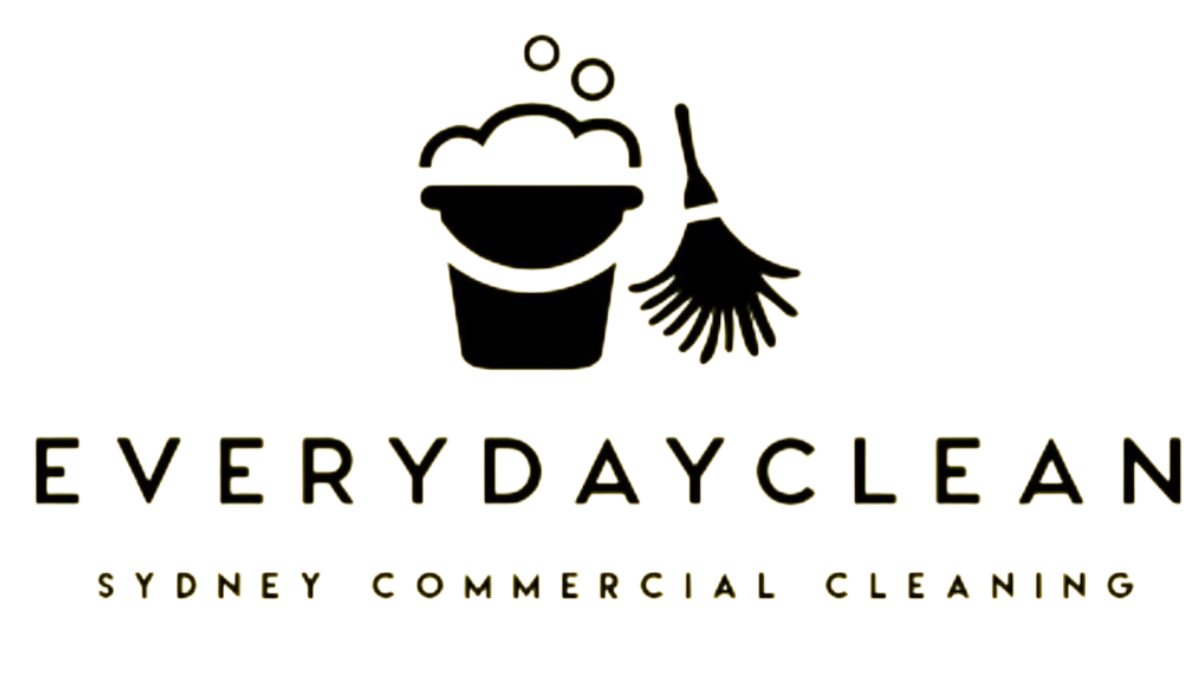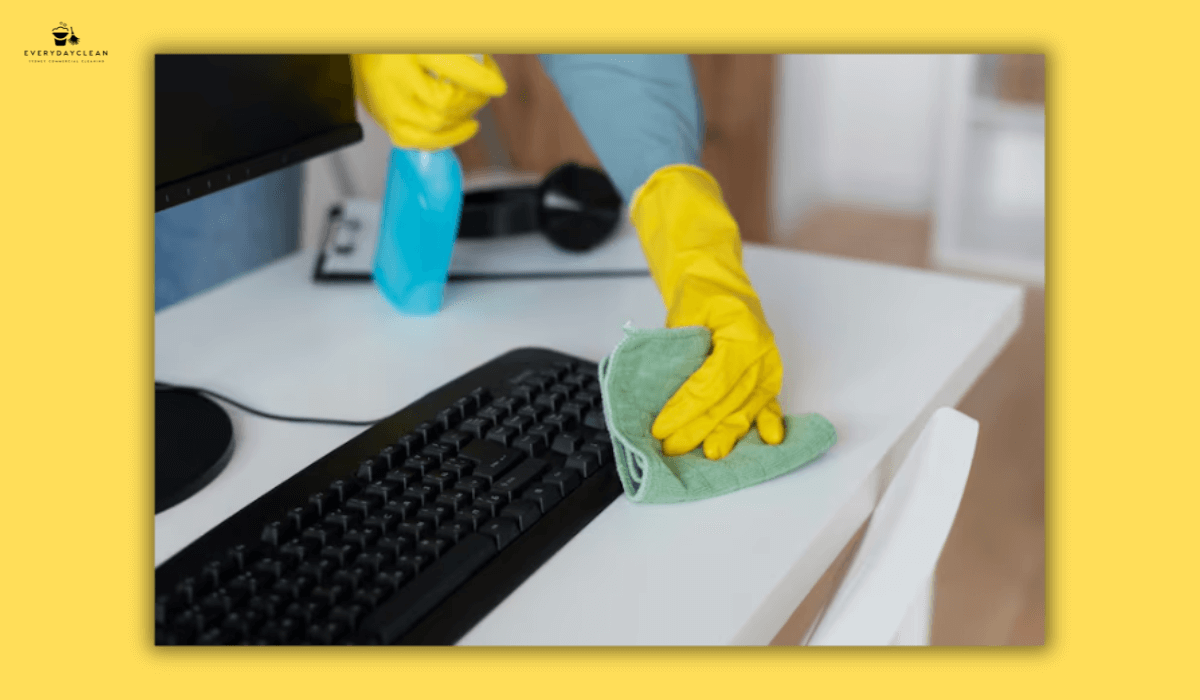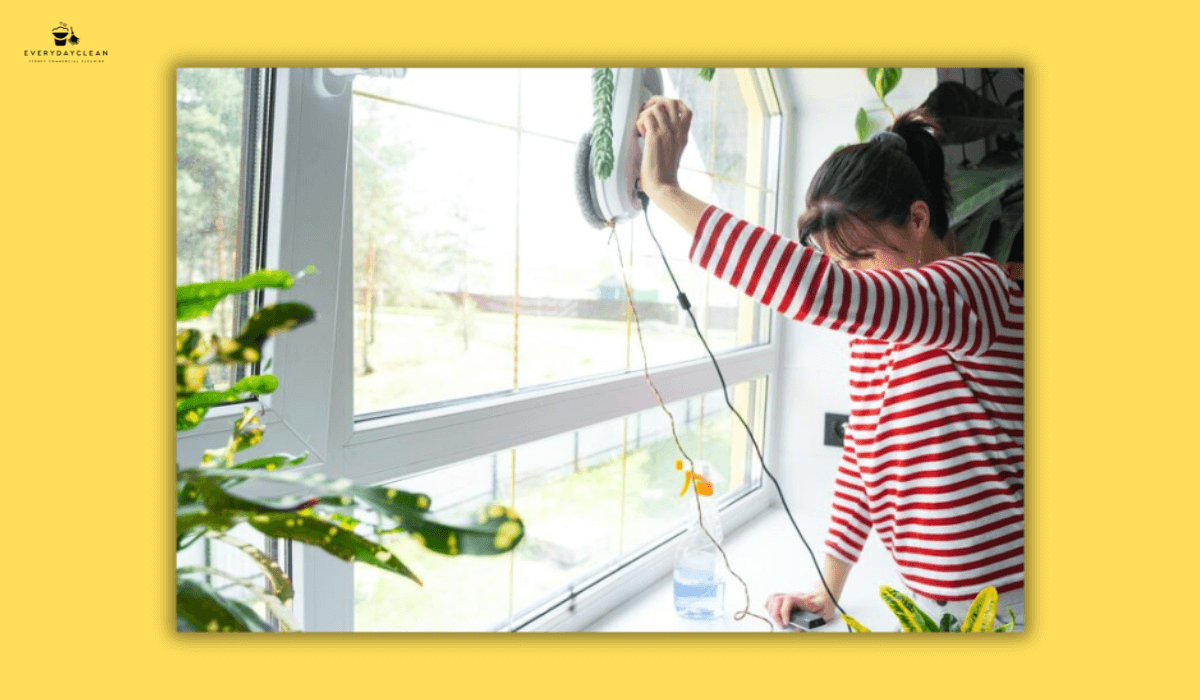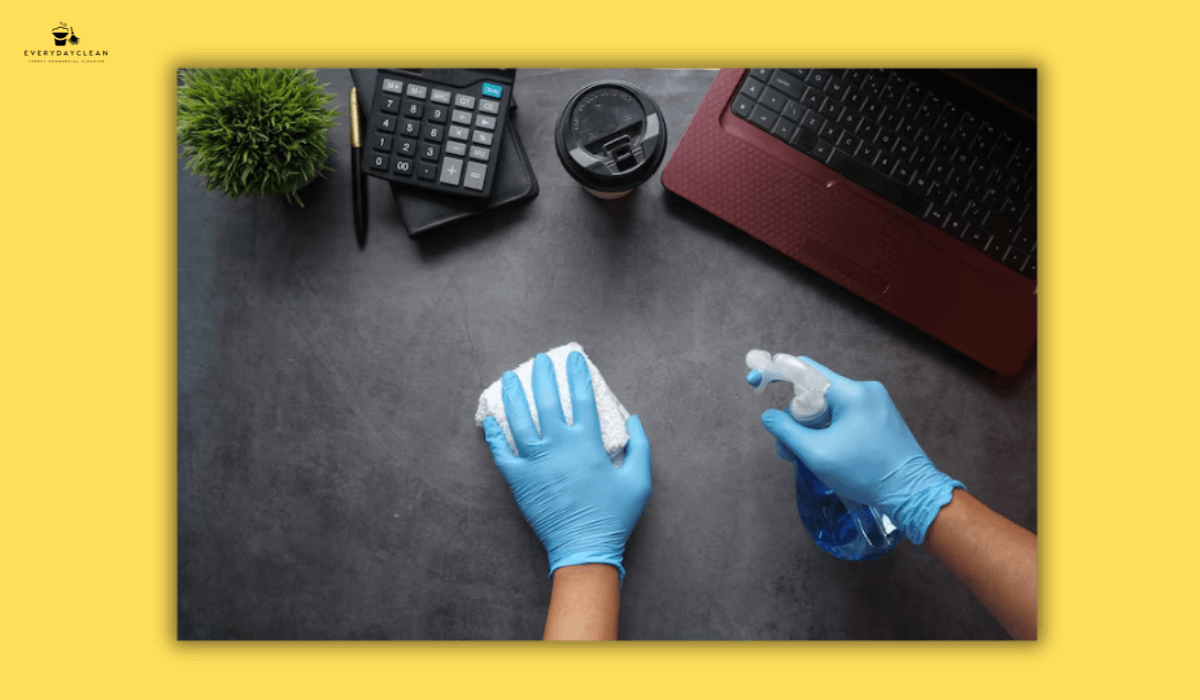Medical Cleaning Technology Innovations: Sydney’s Future
In the healthcare industry, maintaining a pristine and sanitary environment is paramount. Cleanliness goes beyond aesthetics; it directly impacts patient safety and infection control. Fortunately, the world of medical cleaning is undergoing a revolution with the introduction of cutting-edge technologies that are transforming how healthcare facilities approach sanitation.
Importance of Advanced Cleaning Technology in Healthcare
Impact on Patient Safety and Recovery
A clean and hygienic environment directly impacts patient outcomes:
- Improved Patient Safety: Reduced risk of HAIs leads to better patient safety and faster recovery times.
- Enhanced Recovery Rates: A sterile environment minimizes complications and promotes optimal patient healing.
Latest Innovations in Medical Cleaning Technology
The healthcare cleaning landscape is brimming with exciting advancements:
Robotics in Sanitation
- Robotic Disinfection Systems: These autonomous robots utilize UV light or disinfecting solutions to clean high-touch surfaces and hard-to-reach areas, minimizing human error and maximizing efficiency.
- Autonomous Cleaning Robots: These robots can handle routine cleaning tasks like floor scrubbing and vacuuming, freeing up staff for more specialized cleaning duties. Imagine the possibilities for companies like Sydney Commercial Cleaning to offer cutting-edge robotic cleaning solutions to medical facilities in the Sydney area.
UV Disinfection Technology
- UV-C Light: Ultraviolet C light is a powerful disinfectant that eliminates bacteria and viruses on surfaces without harsh chemicals. This technology is particularly effective in patient rooms and operating theaters.
The Internet of Things (IoT) is revolutionizing medical cleaning by enabling:
Smart Monitoring Systems
Real-time monitoring with IoT sensors integrated into cleaning equipment and surfaces provides valuable data on cleanliness levels. This allows for targeted cleaning efforts, focusing on areas that require the most attention. Facility managers can optimize resource allocation and ensure a consistently high standard of hygiene throughout the healthcare facility.
Data-Driven Cleaning Strategies
By analyzing data from IoT sensors and cleaning logs, facility managers can develop customized cleaning schedules. This data-driven approach allows for:
- Predictive Analytics: Predicting areas prone to higher contamination and scheduling proactive cleaning measures.
- Operational Efficiency: Optimizing cleaning routes and staff allocation to maximize efficiency and minimize cleaning time in low-risk areas.
- Customized Cleaning Schedules: Tailoring cleaning protocols to specific areas based on usage, potential contamination risks, and real-time sensor data.
This integration of IoT with medical cleaning practices empowers data-driven decision making and ensures a more effective and targeted cleaning approach.
Future Trends in Medical Facility Cleaning
The future of medical cleaning is bright, with promising trends emerging that will further enhance hygiene and safety:
Biodegradable Cleaning Agents
Environmentally friendly cleaning solutions are gaining traction. These biodegradable cleaning agents are just as effective as traditional options, yet gentler on surfaces and the environment. This shift promotes sustainability in healthcare facilities, reducing their environmental impact.
Advanced Filtration and Air Purification
HEPA filters and advanced air purification systems are becoming increasingly important tools for medical facilities. These systems effectively capture airborne pathogens, including viruses and bacteria, maintaining optimal air quality and minimizing the risk of airborne transmission of diseases.
FAQs About Medical Cleaning Technology Innovations
What are the benefits of using robotic technology in medical cleaning?
Robotic cleaning offers several advantages:
- Consistent disinfection: Robots deliver consistent and thorough disinfection, minimizing human error.
- Reduced risk of human error: Automation reduces the risk of human error associated with manual cleaning.
- Improved efficiency: Robots can clean large areas quickly and efficiently, freeing up staff for more complex tasks.
- Staff focus on complex tasks: With robots handling routine cleaning, staff can dedicate their time to more specialized cleaning tasks requiring human expertise.
How does UV disinfection technology work and why is it effective in medical settings?
UV-C light disrupts the DNA of microorganisms, rendering them inactive and unable to reproduce. This non-chemical method is highly effective in eliminating bacteria, viruses, and other pathogens in medical settings. UV-C light is particularly useful in patient rooms and operating theaters where a sterile environment is critical.
Can IoT technologies really improve the cleanliness of medical facilities?
Absolutely! IoT sensors provide real-time data on cleaning effectiveness, allowing for targeted interventions and ensuring a consistently high standard of hygiene. By monitoring cleanliness levels and pinpointing areas requiring attention, medical facilities can optimize their cleaning protocols and ensure a safer environment for patients and staff.
What future technologies are on the horizon for medical facility cleaning?
We can expect advancements in several areas:
- Self-disinfecting surfaces: Surfaces with embedded antimicrobial properties that can continuously disinfect themselves.
- Antimicrobial coatings: Long-lasting coatings applied to surfaces that inhibit the growth of bacteria and viruses.
- AI-powered cleaning robots: Robots equipped with artificial intelligence that can adapt their cleaning routines based on real-time data and specific cleaning needs.
These future technologies hold immense promise for further enhancing cleanliness and infection control in medical facilities.




